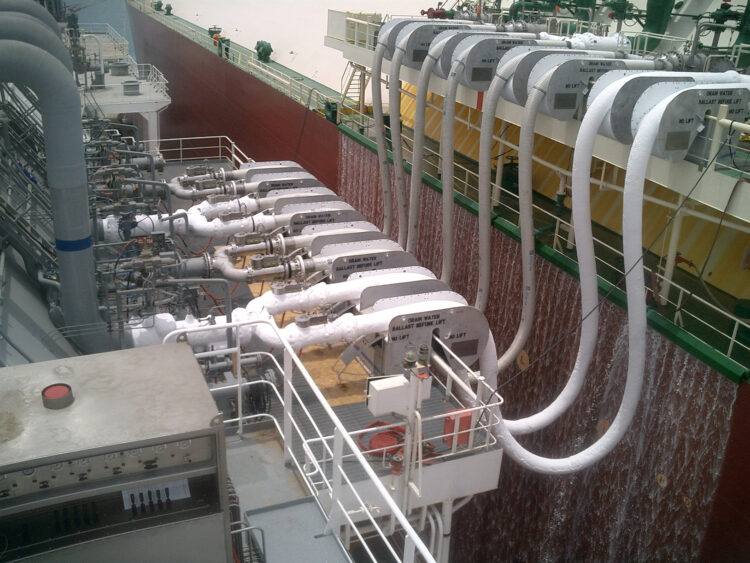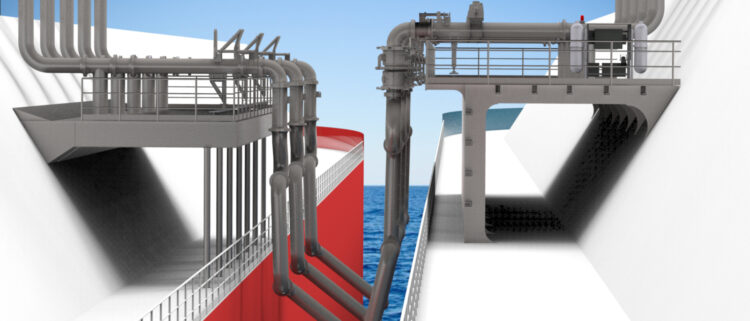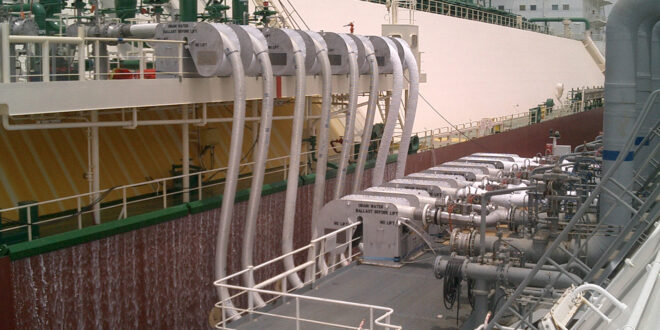Recently, there has been a gigantic development in the interest of LNG. This has raised the LNG transportation rates far and wide. The in-demand development is relied upon to continue expanding and arrive at a factor of 50 percent by 2024. It is assessed that the worldwide cryogenic market will reach a record-breaking high of $21 billion by 2024.
Shipping organizations have been started to prefer LNG more than conventional fuels nowadays. Conventional fuels have many problems like limitations on air emissions, huge operational costs, need for efficiency and many more.
These things forced shippers to move on to a better fuel. LNG has demonstrated to deal with these difficulties better. This is the reason you presently find that vessels like towing boats, luxury ships, and tankers, have received LNG fuel.
According to www.lngtransfer.com, safety is a very significant perspective that becomes an integral factor when moving LNG to the vessels. Fortunately, there have been a few stages towards the objective with diminished spills both at the high oceans and harbor.
Ship to Ship Transfer

This technique indicates the exchange of LNG or LNG bunkering from the carrier vessel to others. The procedure often includes two maritime vessels or at the harbor where the secured ship is generally docked or secured at a wharf.
The procedure should be possible with a few sorts of vessels that incorporate LNG Carrier, FSRU, LNG shelter flatboat, and LNG feeder transport. The activity should either be possible to fuel a ship impelled by LNG or as a cargo move.
Hose Transfer System
People use hose reels and hoses when it comes to transferring LNG fuels. This transfer sfuelystem is a procedure of connecting the hoses from the resources of the fuel with the tanker which is being filled. There is additionally an emergency system that closes down when a hole is distinguished on the hoses.
Loading Arm System

This is the most established strategy utilized for fueling tankers and different vessels at the harbor. But the strategy is less attractive for current exchanges because of various issues. There have been numerous cases where the arms have been observed to be seriously harmed.
LNG is moved at exceptionally low temperatures. Temperatures in the scope of – 163 degrees Celsius are probably going to cause ice to develop and make warm stuns to every one of the frameworks associated with the exchange of the fuel. These two noteworthy issues have driven numerous players in the business to caution delivery organizations of the expanded danger of calamitous disasters from a huge amount of fuel.
LNG Transfer Safety
Here is a portion of the rules set forward:
- Make plans to manage the potential dangers like the flames start in the bunkering areas.
- Load-shedding while the process is going on.
- Unwanted movement of the exchanging vessels.
- Leakage.
You should keep things close to your hand such as first aid, firefighting equipment, power backups, etc.
Maritime companies all over the world have been choosing LNG over others. Safety is a must in the process of LNG transfers, no matter what. The abilities of the teams working in the process ought to be improved, and systems pursued exactly.
 Hi Boox Popular Magazine 2024
Hi Boox Popular Magazine 2024



